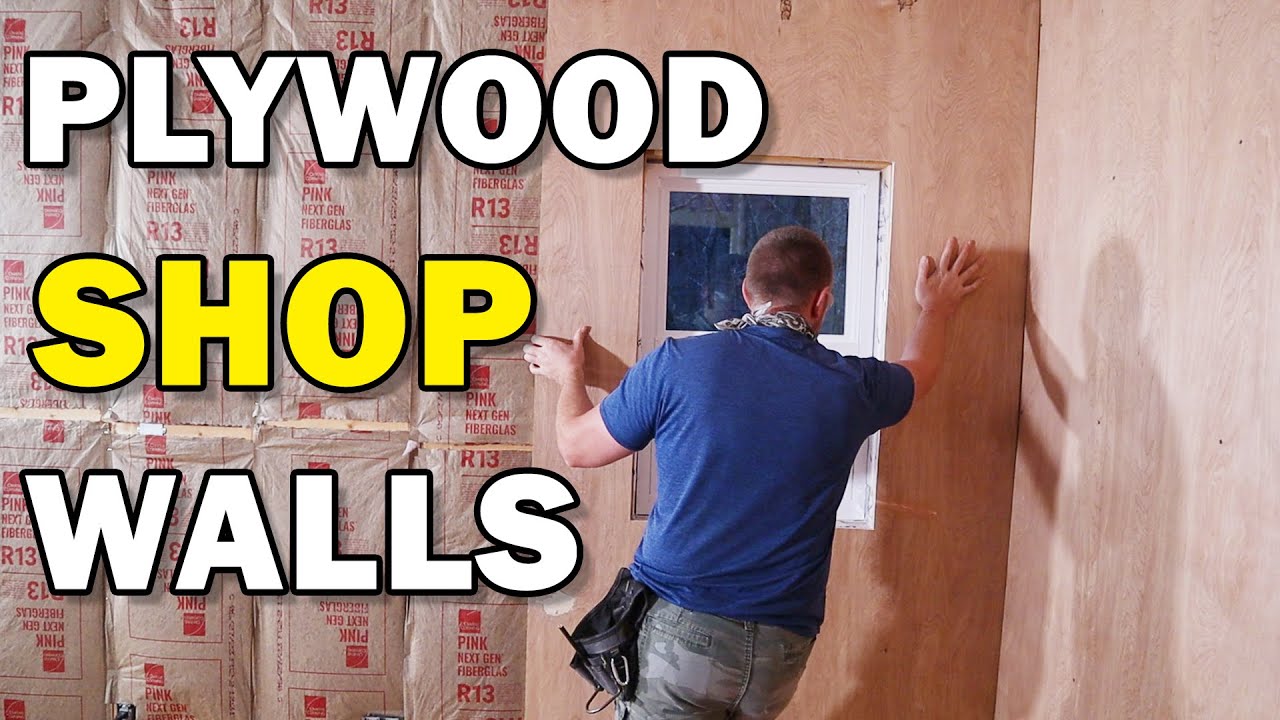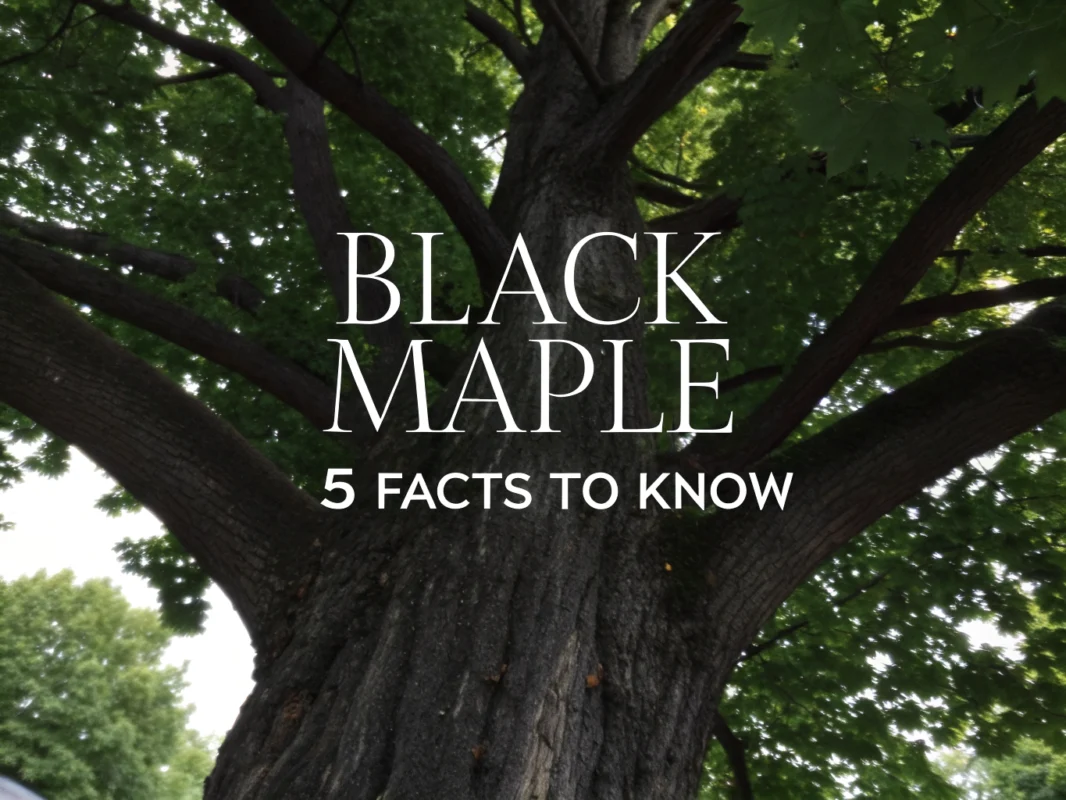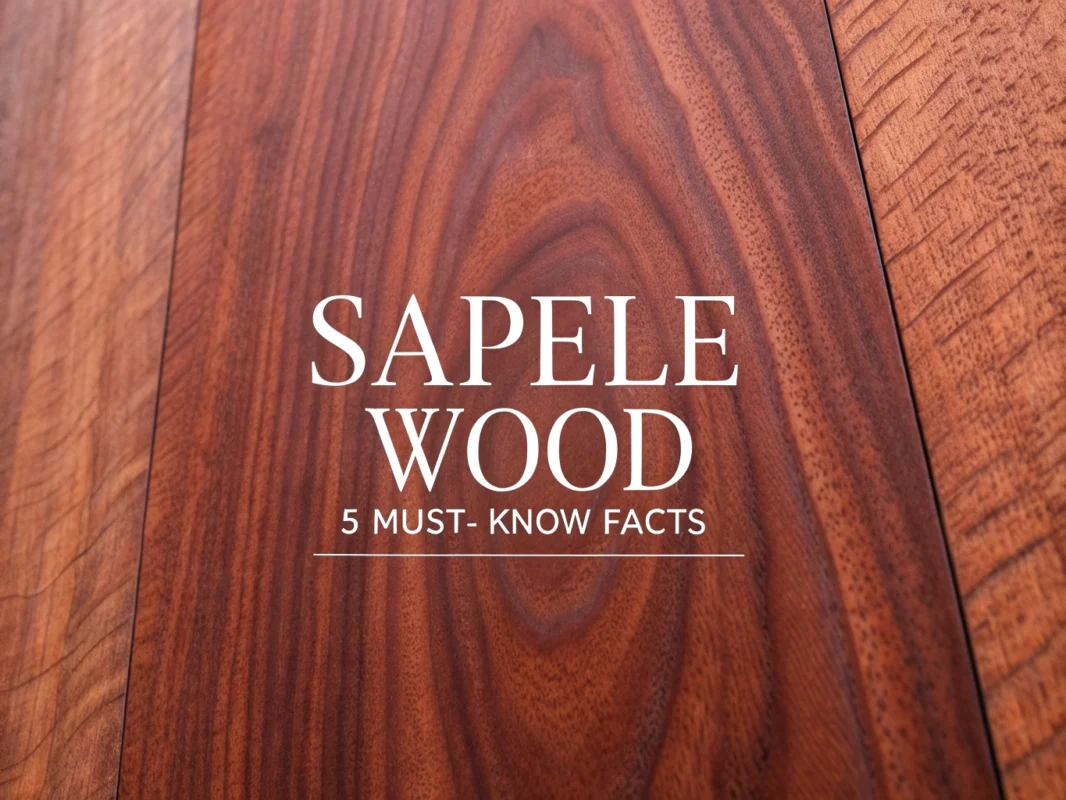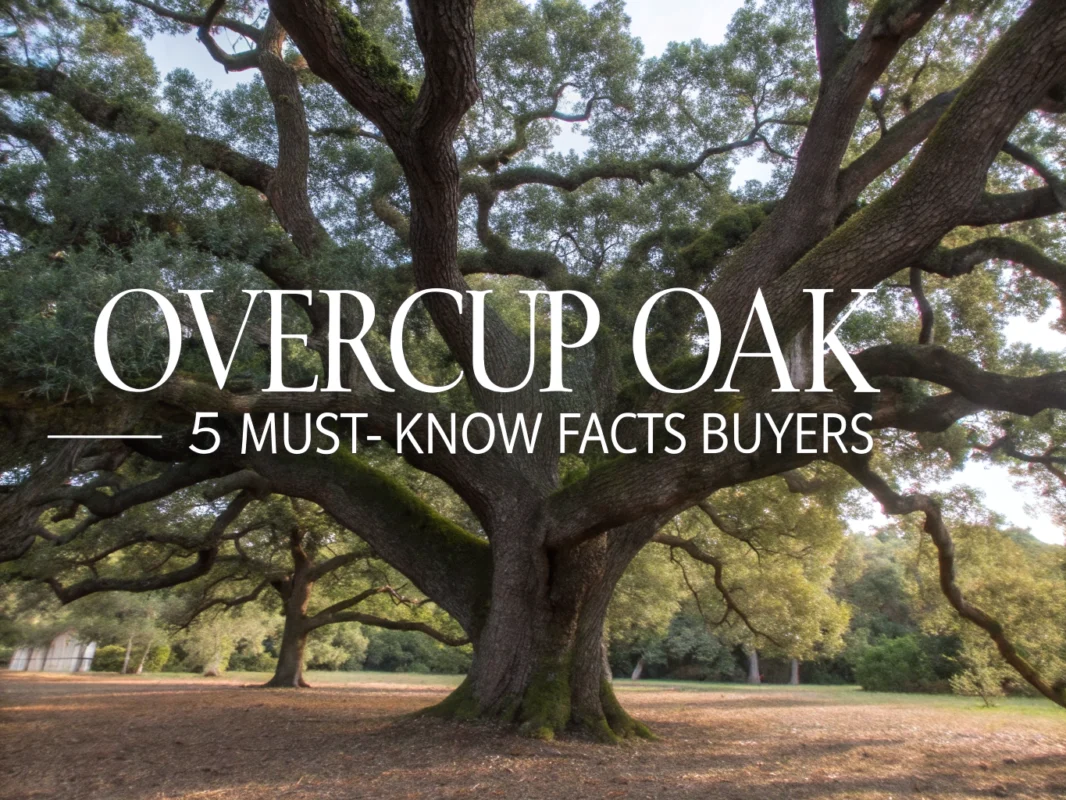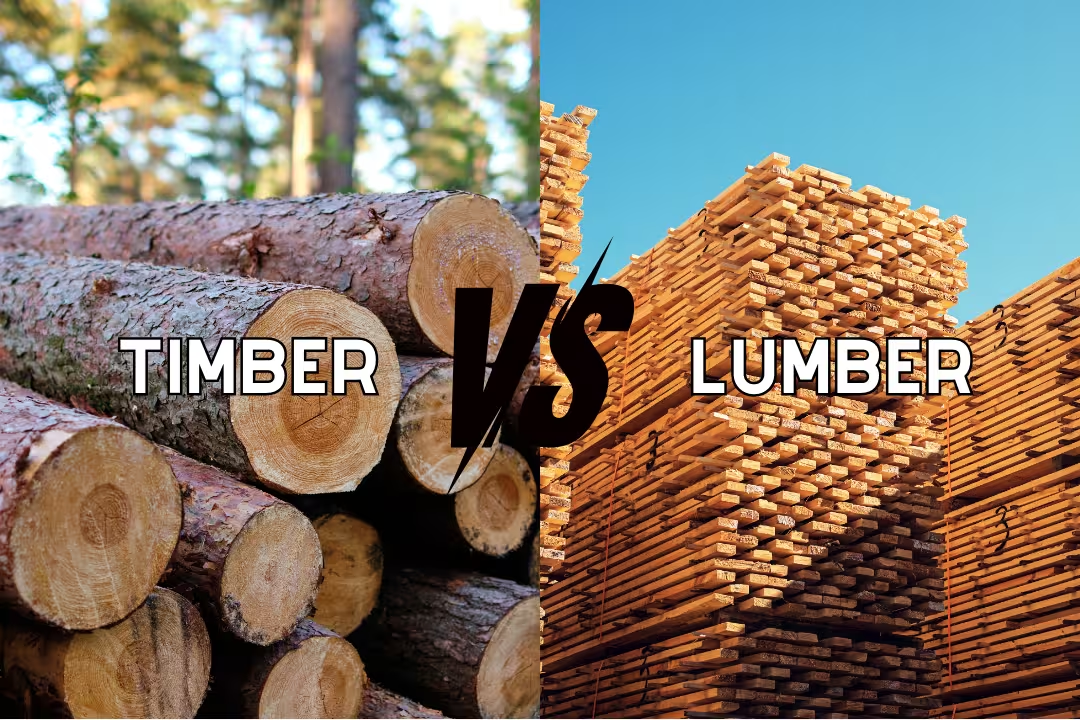
Maple Plywood: Discover 5 Top Deals to Grab

Have you ever wondered why maple plywood is highly prized among woodworkers and DIY enthusiasts? Known for its robustness, smooth finish, and light, uniform look, it’s a favorite for projects ranging from cabinetry to decorative panels. Whether you’re crafting a unique piece of furniture or tackling a home improvement venture, let’s explore why maple plywood might be the perfect choice for your next project.
Table of Contents
Maple plywood stands out as one of the most versatile engineered wood products available, offering exceptional durability and a smooth, uniform surface that’s perfect for cabinetry and furniture projects. With prices ranging from $93 to $163 per sheet in 2025, this premium material delivers outstanding value for both professional woodworkers and DIY enthusiasts.
Understanding Maple Plywood Specifications and Pricing
Standard maple plywood sheets measure 48″ x 96″ (4′ x 8′), making them ideal for large-scale projects. Common thickness options range from 1/4″ to 3/4″, with each serving different applications based on structural requirements.
The most popular grades include A-1 cabinet-grade and C-2, where A-1 provides a premium finish perfect for visible surfaces. According to Dunn Lumber, A-1 grade offers superior quality for professional applications.
Current pricing for 2025 shows significant variation based on thickness and finish:
- 3/4″ Maple Plywood: $114 – $163 per sheet
- 1/4″ Maple Plywood: $93 – $105 per sheet
- Prefinished 3/4″ maple plywood: $118 – $128 per sheet
These prices reflect data from Baker Lumber and Total Wood Store, showing the competitive market for quality maple products.
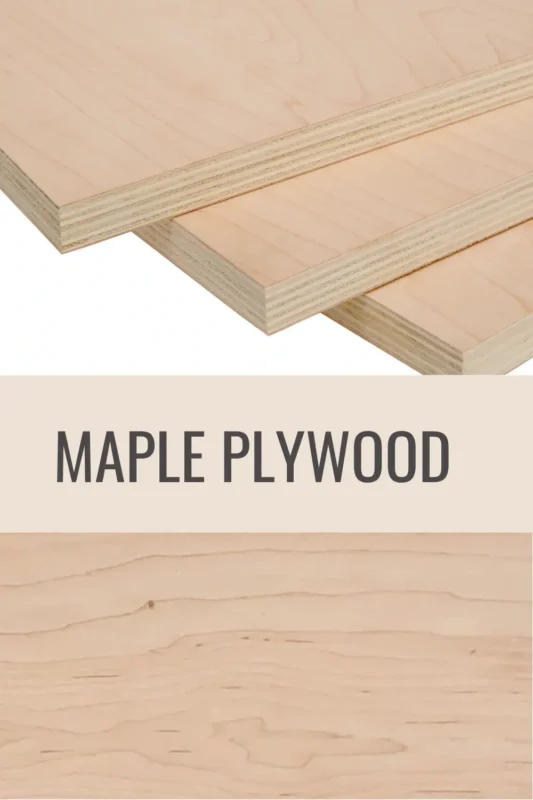
Top 5 Maple Plywood Deals for 2025
Here are the best maple plywood options available for your projects this year:

Rowood Maple Plywood Pack
- Perfect size for intricate cuts
- Ideal for laser cutting and engraving
- Smooth surface for easy painting
- High-quality, durable material
- Great for DIY projects and crafts

8-Pack Maple Plywood Sheets
- Excellent for architectural modeling
- Precision-cut for professional results
- Sturdy and lightweight for easy handling
- Unfinished for personalized projects
- Great for laser cutting and wood burning

Rowood Maple Laser Sheets
- Great for creative crafts and decor
- Premium quality for smooth engraving
- Easy to cut, paint, and shape
- Large sheets for diverse projects
- Designed for wood burning and modeling

ROBOTIME Maple Plywood Blanks
- Ideal for laser engraving enthusiasts
- High-quality smooth surface
- Provides clean, precise cuts
- Perfect size for various projects
- Robust material for long-lasting use

Maple Plywood Sheets Pack
- Perfect for replacing drawer bottoms
- Easy to customize for diverse needs
- Smooth surface for drawing or engraving
- Durable for long-term use
- Cut to size for precision projects
Maple Plywood vs Other Maple Wood Products
Choosing between different maple wood products depends on your specific project needs and budget constraints. Each type offers distinct advantages for various applications.
| Feature | Maple Plywood | Maple Boards/Lumber | Maple Hardwood |
|---|---|---|---|
| Core Construction | Engineered (veneers + core) | Solid planks from maple trees | Solid wood, typically thicker |
| Best Use Cases | Cabinetry, furniture, panels | Shelving, framing, furniture making | Flooring, heavy-duty projects |
| Price Range | $93 – $163/sheet | $5.00 – $7.50 per board foot | $7.25 – $7.50 per board foot |
| Appearance | Uniform, smooth surface | Natural grain patterns | Dense, closed grain |
For fine woodworking projects requiring visible surfaces, maple plywood provides stability and consistent appearance. Solid maple wood works better for structural elements where natural grain patterns add visual appeal.
Maple Tree Types and Wood Quality Impact
Hard maple (Acer saccharum) forms the backbone of premium plywood production, offering superior density and durability compared to softer varieties. This species creates the strongest, most stable plywood panels available.
Soft maple varieties like Acer rubrum and Acer macrophyllum provide similar appearance at lower costs. These types of maple trees work well for less demanding applications where budget considerations matter more than maximum strength.
The choice between hard and soft maple plywood affects both quality and pricing. Hard maple commands premium prices but delivers exceptional performance for high-stress applications like cabinet doors and drawer fronts.
Popular Applications and Benefits
Cabinet construction represents the most common use for maple plywood, where its smooth surface and dimensional stability shine. Professional cabinetmakers prefer this material for both face frames and panel construction.
Other popular applications include:
- Shelving systems that require clean, painted finishes
- Drawer sides and bottoms for furniture projects
- Decorative paneling in residential and commercial spaces
- Model making and precision craft projects
- DIY furniture where appearance matters
The material accepts stains, clear finishes, and paint beautifully thanks to its tight, even grain structure. This versatility makes it ideal for projects requiring different finishing techniques.
Buying Guide: Tips for Choosing Maple Plywood
Grade Selection Criteria
Select A-1 grade for visible surfaces where appearance matters most. This cabinet plywood grade offers the smoothest finish with minimal defects or color variation.
C-2 grade works well for structural applications where the plywood will be covered or painted. Understanding plywood grades helps you match material quality to project requirements.
Core Type Considerations
Veneer core construction provides maximum strength and screw-holding power for cabinet applications. MDF core offers smoother surfaces but less structural integrity for heavy-duty uses.
Combination cores blend both materials, creating balanced performance for general woodworking projects. Consider your specific needs before choosing core types.
Edge Banding Importance
Exposed plywood edges require proper finishing to achieve professional results. Edge banding conceals the layered construction while providing a clean, finished appearance.
Market Trends and Shopping Tips for 2025
Maple plywood prices remain relatively stable in 2025, with slight regional variations due to transportation costs and local demand. According to Country Concepts, hardwood prices show moderate increases compared to previous years.
Smart shopping strategies can help you save money on quality materials:
- Bulk purchasing often yields 10-15% discounts on multiple sheets
- Off-season buying (late fall/early winter) typically offers better prices
- Regional suppliers may beat national chain pricing
- Prefinished options save labor time despite higher upfront costs
- Building relationships with lumber yards provides access to special deals
Supply chain factors continue affecting availability, making it wise to order materials early for planned projects. Local suppliers often provide more flexible delivery options than large retailers.
Both professional woodworkers and DIY enthusiasts consistently choose maple plywood for its reliability and premium appearance. The investment in quality materials pays dividends in finished project durability and visual appeal.
FAQs
What Is Maple Plywood Used For?
Maple plywood is commonly used for cabinetry, furniture, and interior paneling due to its strength and attractive grain pattern. Its smooth surface also makes it ideal for laminated furniture pieces and decorative applications.
How Does Maple Plywood Compare To Birch Plywood?
Both maple and birch plywood are popular for their durability and appealing finishes. Maple plywood is slightly harder and denser, offering a more refined grain pattern, while birch plywood tends to be more cost-effective and has a lighter color.
Is Maple Plywood Good For Cabinets?
Yes, maple plywood is excellent for cabinets because of its durability, resistance to warping, and an appealing grain that takes stain and finishes beautifully, providing an elegant appearance to kitchen and bathroom cabinetry.
Can Maple Plywood Be Stained Easily?
Maple plywood can be stained, although its dense grain sometimes requires a pre-stain conditioner to ensure an even and uniform finish. With proper preparation, it can achieve a beautiful, rich look.
What Are The Advantages Of Using Maple Plywood In Furniture?
Maple plywood offers advantages such as excellent strength, stability, and aesthetic appeal, making it a top choice for furniture. Its resistance to wear and ability to hold screws well add to its suitability for a wide range of furniture projects.
